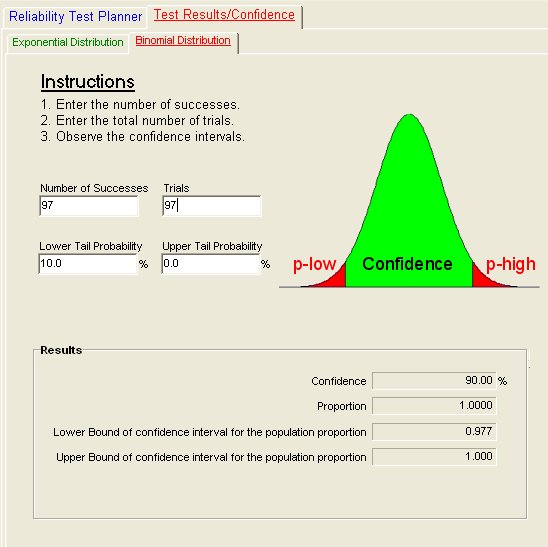

Organized into four chapters, this volume begins with an overview of the. This book discusses the fundamental aspects of sequential estimation. We use a numerical example based on a real case study to illustrate the results of different hierarchical test strategies. In statistics, sequential analysis or sequential hypothesis testing is statistical analysis where the sample size is not fixed in advance. Probability and Mathematical Statistics, Volume 26: Sequential Statistical Procedures provides information pertinent to the sequential procedures that are concerned with statistical analysis of data. This suggests a number of multiple test strategies and also provides a benchmark for deciding whether a method is conservative or might be improved while maintaining the FWER at alpha. We derive a sharp upper bound for the rejection probability of the secondary endpoint in the naive strategy. 2007 17:1201-1210) have already shown that this naive strategy does not maintain the FWER at level alpha. Starting point is a naive strategy of testing the secondary endpoint at level alpha whenever the primary endpoint is significant. We systematically explore various multiplicity adjustment methods.
#Statistics sequential testing how to#
In addition, we investigate how to achieve strong control of the familywise error rate (FWER) at a pre-specified significance level alpha for both the primary and the secondary hypotheses. We consider both the situation where the trial is stopped as soon as the primary endpoint is significant as well as the situation where it is continued after primary endpoint significance to further investigate the secondary endpoint. By 'mainly driven', we mean that the interim analyses are planned at points in time where a certain number of patients or events have accrued on the primary endpoint, and the trial will run either until statistical significance of the primary endpoint is achieved at one of the interim analyses or to the final analysis. We consider the situation of testing hierarchically a (key) secondary endpoint in a group-sequential clinical trial that is mainly driven by a primary endpoint.


 0 kommentar(er)
0 kommentar(er)
